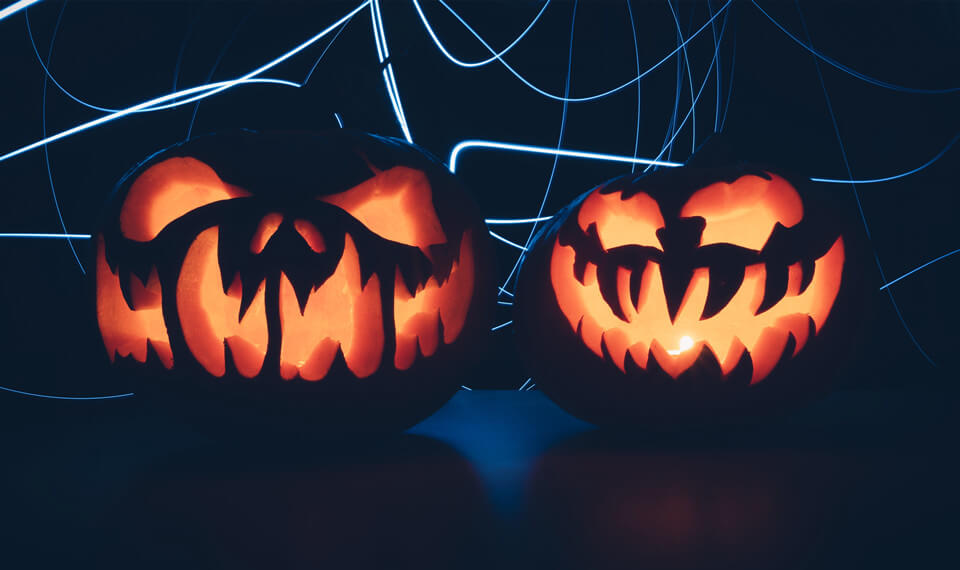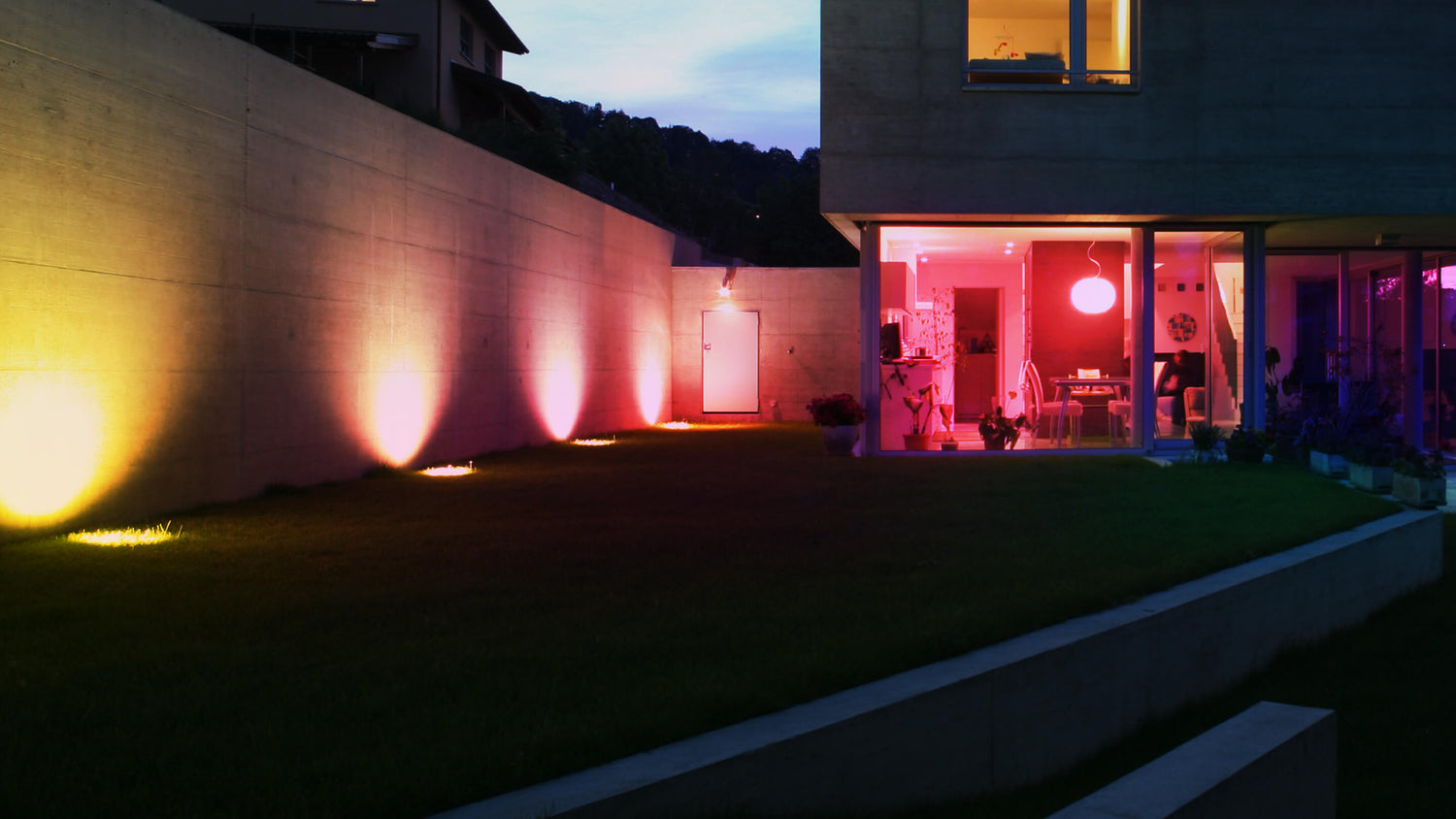
Do You Know The Legend of Halloween?
Share
All Hallows' Eve is the night before All Hallows' Day. The English name "Hallow" is derived from the Middle English "halwen", which is close to the etymology of "holy", and in some regions of Scotland and Canada, All Hallows' Day is still known as "Allhallowmas", meaning the commemoration of all the saints. All Saints' Day is still referred to as 'Allhallowmas', meaning the Mass celebrated on the day when all the saints are commemorated Allhallows.
All Saints' Day is often associated with spirits. European tradition holds that All Hallows' Eve is the time when the world of ghosts and spirits comes closest to earth, a legend similar to that of the Chinese New Year and Bon Festival in East Asia. Anoka, Minnesota, USA is known as the 'Halloween Capital of the World' and celebrates with a huge parade every year.
Legends about Halloween
Halloween legend I
More than 2,000 years ago, the Catholic Church in Europe designated 1 November as ALL HALLOWS DAY. The word "Hallow" means saint. Legend has it that the Celtic peoples of Ireland, Scotland and elsewhere moved the holiday forward one day, to 31 October, from the 500s BC. They believed it to be the official end of summer, the beginning of the New Year and the start of the harsh winter months. It was believed that the spirits of the dead would return to their homes on this day to find life in the living and to be reborn, and that this was the only hope for regeneration after death. The living, on the other hand, feared that the spirits of the dead would come to take their lives, so they extinguished the fires and candlelight on this day so that the spirits of the dead could not find the living, and dressed up as demons and monsters to scare the spirits of the dead away. Afterwards, they would rekindle the fires and candles to start the new year. Legend has it that the Celtic tribes also had the custom of killing the living on 31 October to pay tribute to the dead.
By the 1st century AD, the Romans, who had taken over the Celtic territories, had come to accept the custom of Halloween, but the barbaric practice of burning the living in sacrifice to the dead was discontinued. The Roman celebration of the harvest combined with the Celtic ritual of wearing gruesome masks and dressing up as animals or ghosts was meant to drive away the demons that roamed around them. This is how most people around the world today celebrate Halloween by dressing up in quirky costumes. As time passed, the meaning of Halloween gradually changed and became more positive and joyful, with a festive connotation becoming the norm. The idea of dead souls seeking to return to the world was also gradually abandoned and forgotten. Today, the images and drawings that symbolize Halloween, such as witches and black cats, mostly have friendly, cute and funny faces.
Halloween Legends II
The Celts (Celtic) believed that the sun god helped them to grow their crops. However, every year the sun god was attacked and imprisoned for six months by an evil force called Samhain, also known by his two titles, Lord of Dead and Prince of Darkness, who brought the cold and darkness of winter to the Celtic lands.
The Celts dreaded the night of 31 October because they felt that on this night there was a pile of evil spirits lurking anywhere. They built fires in their homes to keep the evil spirits out of their homes (the last untranslated passage has a line about the flames scaring the spirits away.) They believed that it was Samhain who called the dead out, and they also believed that Samhain would change the dead into other things, as if they were cats. The Celts would put on scary disguises to drive the evil spirits away. (This is the prototype of Halloween) Later Rome occupied the Celtic lands and combined the Roman festival with the Celtic festival of Samhain on 31 October, which became the present Halloween.
Are there any other Halloween legends you've heard that you'd like to share with us? Find more LED lights for Halloween at the OLAFUS shop!

